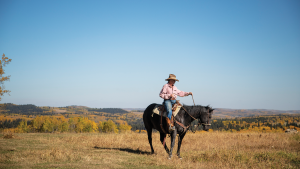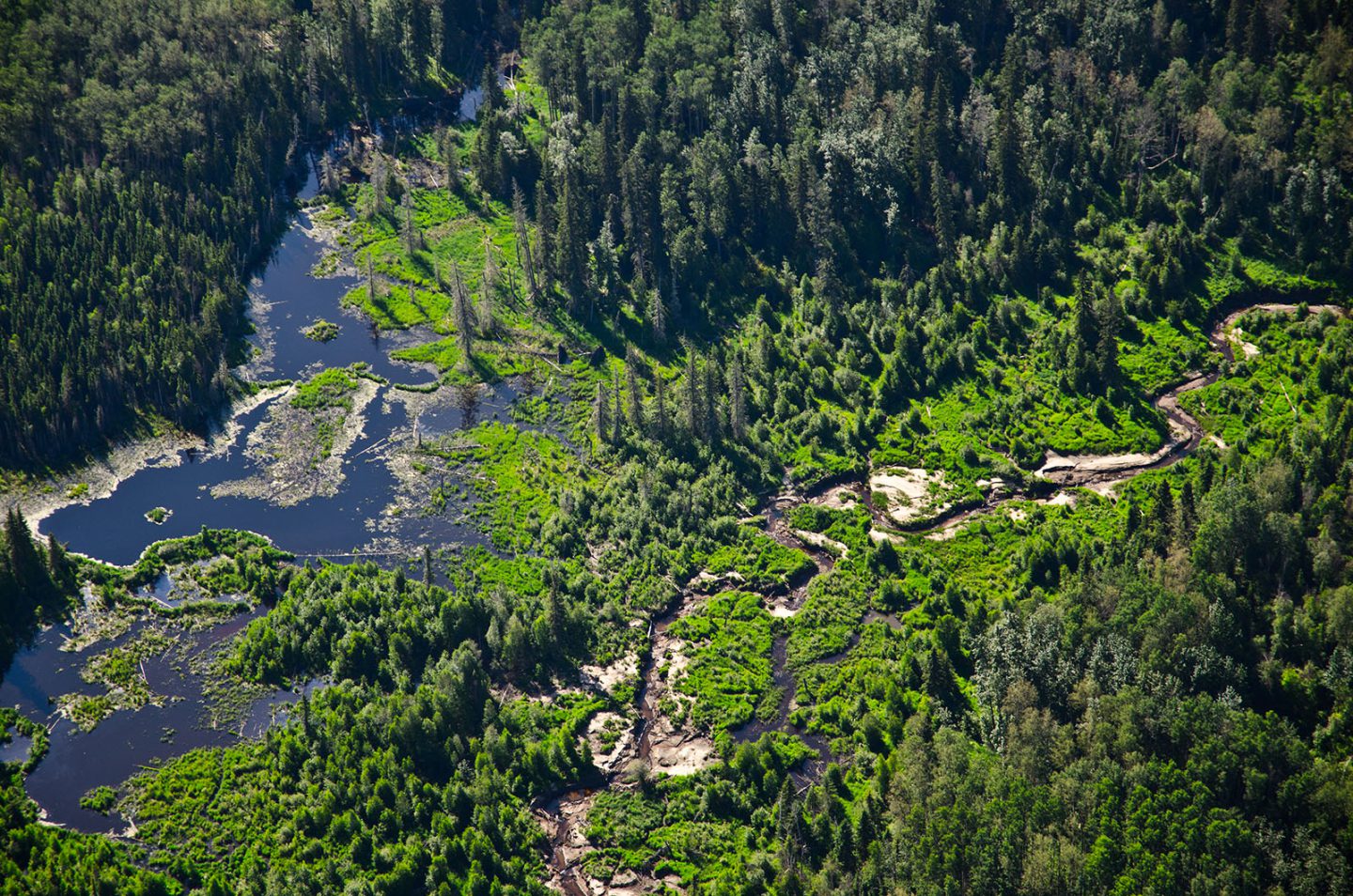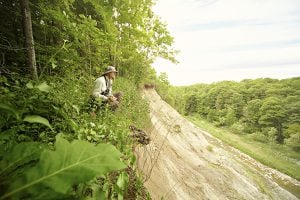A section of boreal forest twice the size of Vancouver Island is now protected thanks to a landmark partnership between conservation groups, government, industry and First Nations.
The Nature Conservancy of Canada (NCC) worked with the Tallcree First Nation, the Alberta government, the federal government and Syncrude Canada to create a new provincial park south of Wood Buffalo National Park and expand existing area parks. Already Canada’s largest national park, Wood Buffalo is now part of a network of connected conservation areas preserving a record 67,735 square kilometres of boreal wilderness.
“It’s an achievement of global significance,” says Bob Demulder, the NCC’s regional vice president for Alberta, who helped to bring the various groups together.
Spanning 3,300 square kilometres, the newly created Birch River Wildland Park is home to 68 species of conservation concern, including wood bison, peregrine falcon, and boreal woodland caribou. Other newly added or expanded areas in the network include Kazan Wildland Park, Richardson Wildland Park and Colin-Cornwall Lakes Wildland Park.
“This is a really big day for Alberta,” says Alberta Environment Minister Shannon Phillips. “It’s a significant contribution to doing our part around species at risk and it’s a significant contribution to upholding our responsibilities with respect to our treaty obligations.”
The catalyst for the establishment of Birch River was the Tallcree Nation’s decision to give up their commercial timber quota. The relinquishment was bought by the NCC for $2.8 million, with much of the funding coming from Syncrude Canada.
In a statement, Tallcree First Nation Chief Rupert Meneen said the collaborative approach aligned with the Tallcree Tribal Government’s values regarding the preservation of the boreal forest.
“The boreal forest holds greater value to the First Nation for exercising our traditional way of life and the quiet enjoyment of our Treaty Rights,” he said.
Going forward, Birch River will be co-managed by the Tallcree Nation. Alberta is also establishing an Indigenous guardian program for the conservation areas. The involvement of First Nations was fundamental to the success of the project, Phillips says.
“For too long governments, if they did have conservation areas, undertook them in a really colonial way and that’s just not right,” she says. “A treaty right to hunt and trap and fish does not exist without places to hunt and trap and fish.”
Boreal forest encircles the northern hemisphere, extending across Canada, Alaska, Russia and Scandinavia. Canada’s boreal forest makes up one third of the circumpolar boreal forest and one quarter of Earth’s intact forests. In addition to providing critical habitat for wildlife, including billions of migratory songbirds, the boreal is the planet’s largest terrestrial carbon sink.
Canada has pledged to protect 17 per cent of its terrestrial lands by 2020.





